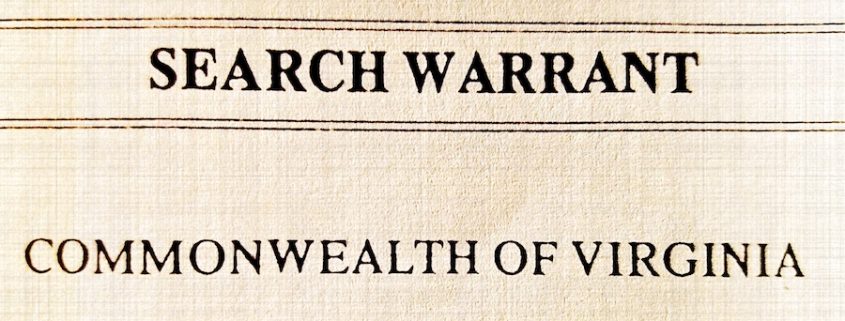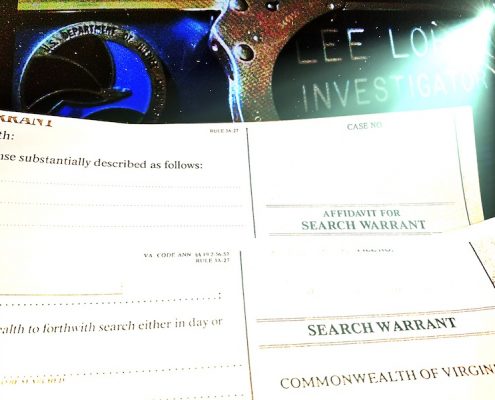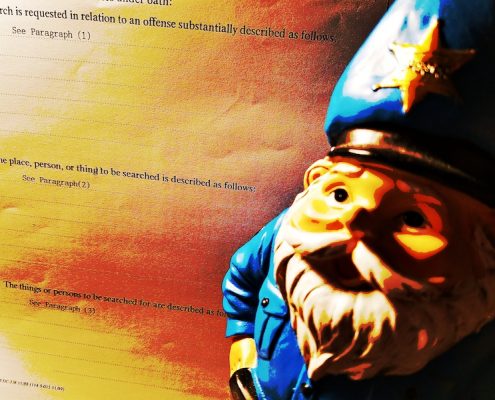2018 marks the 10th anniversary of the Writers’ Police Academy and the event is nothing short of AMAZING! As in OMG A.M.A.Z.I.N.G.! Believe me when I say this is THE year to attend. Registration opens at noon (EST) on February 18, 2018. Please be ready to sign up the moment the clock strikes twelve because space is extremely limited!
WORKSHOP DESCRIPTIONS
INSTRUCTOR: TROY JANDA
Learn how a projectile behaves when it hits its mark and then transfers its kinetic energy to the target.
INSTRUCTOR: DR. KATHERINE RAMSLAND
Crime scenes always tell a story, which shows up most clearly in behavioral clues. This can mean anything from signatures that link crimes to indicators of staged crimes to predictors of dangerous future behavior. This session shows writers how to spot and interpret behavioral clues during criminal profiling or psychological autopsy.
INSTRUCTOR: R.J. BEAM
The science behind bloodstain patterns and spatter. Hands-on session that includes time with SPATTER HEAD! *HIT class
This is a HOT session. A vehicle is fully engulfed and it’s up to you and your team to extinguish the flames. *HIT class
INSTRUCTOR: CARRIE STUART PARKS
Forensic art – composite drawing, facial reconstruction and unknown remains, cognitive interviewing, signs of deception.
Experience the sights, sounds, odors, and emotions associated with rescuing victims trapped in confined spaces. *HIT class
INSTRUCTOR: JUDGE KEVIN RATHBURN
Officers must follow the law of the land and this session details the law as it pertains to traffic stops.
INSTRUCTOR: KNETZGER
Techniques used to control behavior of cooperative and uncooperative suspects. *HIT class
INSTRUCTOR: ZAWACKI
Session explores DNA evidence, samples, the testing process, and errors often found in books, TV, and film.
INSTRUCTOR: VARIOUS
Police dogs doing what they do best.
INSTRUCTOR: HEENAN & JOHNSON
Experience the difficulty of multitasking while driving, observing, and communicating, and all while utilizing lights and siren. *HIT class
INSTRUCTOR: R.J. BEAM
Dusting, fuming, and difficult to print surfaces are just a few of the fingerprinting techniques you’ll learn in this detailed hands-on session. *HIT class
A heart-pounding, eye-opening, and extremely realistic session where you must decide, within a fraction of a second, whether or not to use deadly force. *HIT class
INSTRUCTOR: KNETZGER & NEJEDLO
As police officers, you and your partner respond to an alarm at a local business. It is up to you to search clear the building. Part of “clearing” involves looking for criminal suspects who may or may not be hiding. Of course, the person you encounter could be the janitor. Or is he?? *Participants will be required to wear protective gear during this hands-on exercise. *HIT class
INSTRUCTOR: STOVER & NISHIMOTO
Learn the fundamentals of a Glock pistol. Become familiar with sight picture, sight alignment, stance, grip, and trigger control. Fire live ammunition on the academy pistol range. *HIT class
INSTRUCTOR: STAFF
Hit List – the list of HIT workshops
INSTRUCTOR: STAFF
Human trafficking – Details TBA
INSTRUCTOR: VARIOUS
INSTRUCTOR: NWTC STAFF/RANGE INSTRUCTORS
Learn the basics of the .223 patrol rifle, nomenclature, field stripping, fundamentals, and live fire on the rifle range. *HIT class
INSTRUCTOR: ESOMA KUNG FU MASTER INSTRUCTOR HOWARD LEWIS
Learn more intricacies of the martial arts. The basics of getaways, pressure points, holds, locks and bars, multiple opponents. Learn how one defends against various weapons. Believe me there are big differences. Feel free to bring your fight scene (in your mind, not on paper) and we’ll try to work through it. Hands-on workshop.
INSTRUCTOR: ESOMA KUNG FU MASTER INSTRUCTOR HOWARD LEWIS
If you’re writing a character who has studied or uses martial arts, pick a discipline that matches his or her personality and physical strengths. It will make your character more credible. We’ll give you information to help you choose wisely. You’ll also learn how martial artists in various disciplines are trained. This determines how they think and react when confronted. See what they see. Hear what they hear. A perfect way to build suspense in your fight scenes.
INSTRUCTOR: DR. DENENE LOFLAND
Why carry a gun when you can let a microscopic creature do the job for you? A collection of my most interesting and deadly microbiology cases. This workshop provides an opportunity for audience participation. Download the student version of the Socrative app so you can provide your anonymous (if you want) opinion on these fascinating cases. www.socrative.com/
Behavioral science is one of law enforcement’s most powerful weapons. Profiling—mindhunting—helps not only capture predators, but can also uncover the key to their motivations. Mindhunting will explore how criminal predators work, ways to prevent them from striking again, and how to protect yourselves and others by knowing your enemy.
INSTRUCTOR: DR. KATHERINE RAMSLAND
More people now resort to public acts of extreme violence than in the past. Although it is still difficult to identify individuals who will act out violently, threat evaluation has improved. This session shows specific risk factors associated with the violent mind, understanding prediction limitations, and devising plans of action.
Opening Ceremonies by TBA
INSTRUCTOR: MIKE BLACK
An examination of basic police procedures and how incidents can get distorted by the media.
INSTRUCTOR: SPECIAL AGENT MIKE ROCHE, U.S. SECRET SERVICE
What causes PTSD? The effects on officers and their families. The symptoms of PTSD and treatments. How departments and other officers respond to those suffering the effects of PTSD. How cumulative stress can impact performance and health.
INSTRUCTOR: HEENAN/JOHNSON
High Speed Pursuit! You will drive the pursuit vehicle! *HIT class
INSTRUCTOR: SPECIAL AGENT MIKE ROCHE, U.S. SECRET SERVICE
Examining the love tendencies of law enforcement officers. From scandalous infidelity, to office romance and the sparks ignited while answering calls. We will rip the sheets off the mattress and expose the inside world of love in the cop world.
INSTRUCTOR: JORDAN
More than an Aerosmith song title, “Walk This Way” is a room-clearing tactic used by American Law Enforcement. Session also details how to distinguish whether or not someone is or was a police officer, and if they’re on or off-duty. Say what??
INSTRUCTOR: JORDAN
You will never approach or view staircases the same way again, ever! This session details how officers safely approach, explore, and evaluate stairways. Hands-on.
INSTRUCTOR: ATF SPECIAL AGENT RICK MCMAHAN
Workshop title and details TBA
Session with NYPD Detective Marco Conelli – Workshop title and description TBA
Each year we incorporate surprise sessions that are designed to excite the senses of WPA attendees. The purpose is to allow you to experience “events” that unfold in real time, just as officers and other first responders experience in the real world.
INSTRUCTOR: KNETZGER & JEDI
Ready, Set … Blow Down Those Doors! KABOOM! Yes, you and your fellow SWAT team members will learn to use explosive charges and other methods of gaining entry into “hard-to-reach” places. This is the real deal! *HIT class
INSTRUCTOR: GILBERT
Police officers sustain gunshot wounds in the field and it is often up to their partners to perform life-saving first aid techniques. Now you, too, have the unique opportunity to stop an arterial bleed, seal a sucking chest wound, or to stop bleeding from a gaping wound. Never before have writers been offered this behind the scenes, hands-on experience. Bring life to your characters. Realism beyond belief!
INSTRUCTOR: KNETZGER
Tasers will be deployed. Class participation is encouraged … if you dare.
INSTRUCTOR: RATHBURN
Actual courtroom testimony. Experience what it’s like to testify as a police officer, recalling incidents, responding to legal questions, etc. Learn how your testimony as a law enforcement officer affects and influences a jury.
You conduct the traffic stop. Various scenarios. Be prepared for … well, anything!
Do you know the truth when you hear it or see it? Join nationally recognized behaviorist, interrogation expert, and experience LAPD detective Paul Bishop as he guides you into the intimate world of interrogation—where success or failure is determined before the first question is asked.
INSTRUCTOR: JANDA
Explore gun types to match the personalities of various characters of different eras.
How TV, movies, and fiction distort police work



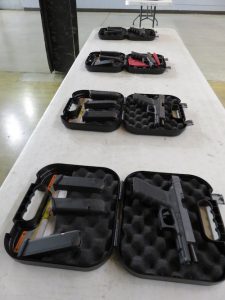 Weapon Selection – Choosing the weapon that’s right for you and your character is important. Shooting is not a one size fits all activity. So shop around until you find the firearm that fits your/their hand, is comfortable in the hand, and one that is easy to handle.
Weapon Selection – Choosing the weapon that’s right for you and your character is important. Shooting is not a one size fits all activity. So shop around until you find the firearm that fits your/their hand, is comfortable in the hand, and one that is easy to handle.
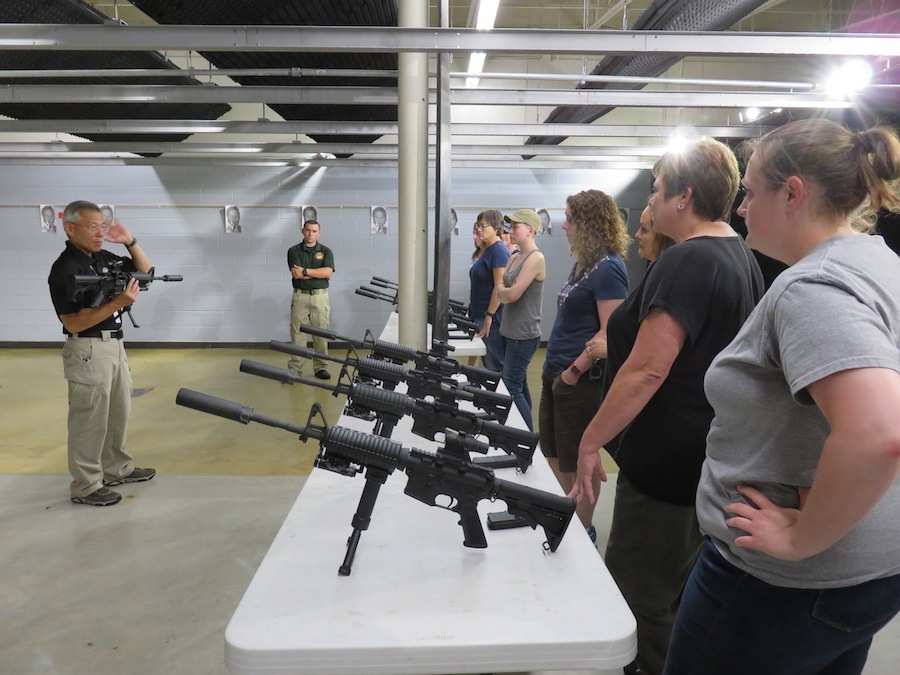

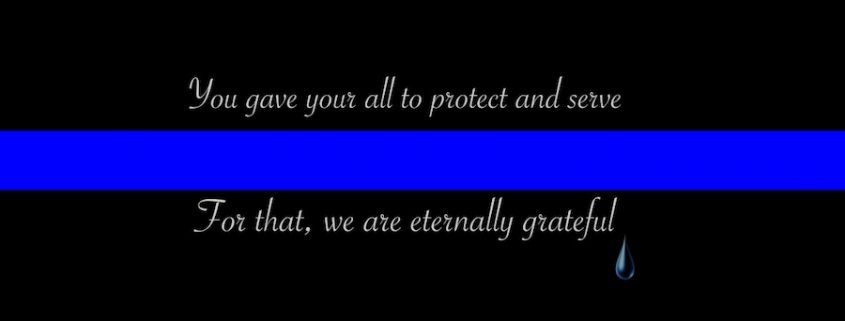
 Deputy Sheriff Micah Flick, 34
Deputy Sheriff Micah Flick, 34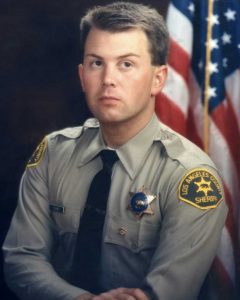 Deputy Sheriff Steve Belanger, 52
Deputy Sheriff Steve Belanger, 52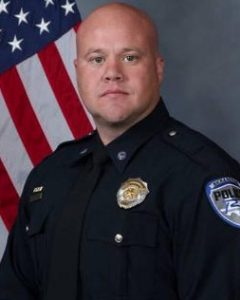 Officer David Sherrard, 37
Officer David Sherrard, 37 Reserve Officer Jarate Condit, 23
Reserve Officer Jarate Condit, 23

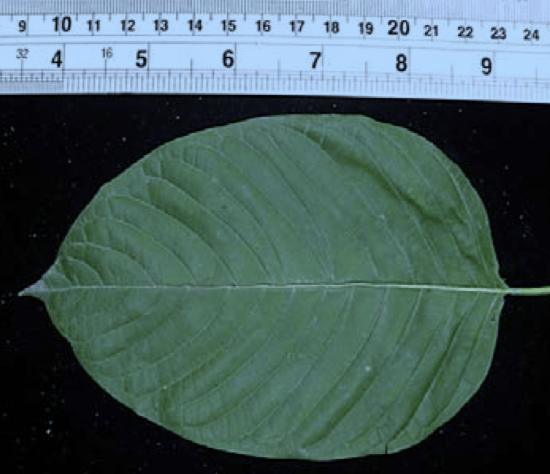

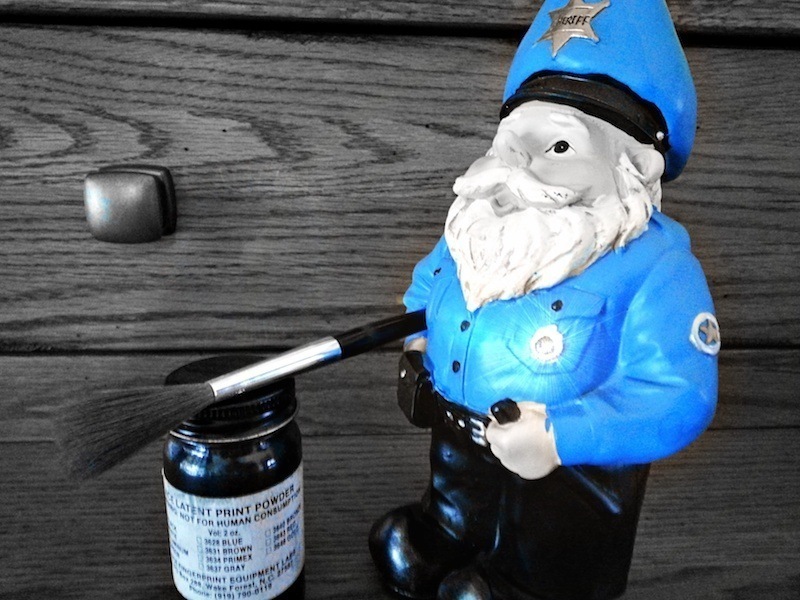
 Prior to dusting for prints investigators should dump/pour a small amount of print powder onto a piece of clean paper. The use of this powder prevents dipping the brush back into the bottle, a means of cross-contaminating the remaining powder (in the bottle) with DNA and other foreign substances.
Prior to dusting for prints investigators should dump/pour a small amount of print powder onto a piece of clean paper. The use of this powder prevents dipping the brush back into the bottle, a means of cross-contaminating the remaining powder (in the bottle) with DNA and other foreign substances.
 Blanket searches are not permitted. Officers must be very specific when listing the property they hope to find, and the details must be related to the case they’re working. For example, if the case involves a stolen refrigerator officers may not look in places where the fridge could not be hidden (nightstand, etc.). Therefore, illegal items found in the nightstand drawers, or other “drawers,” would not be admissible in court.
Blanket searches are not permitted. Officers must be very specific when listing the property they hope to find, and the details must be related to the case they’re working. For example, if the case involves a stolen refrigerator officers may not look in places where the fridge could not be hidden (nightstand, etc.). Therefore, illegal items found in the nightstand drawers, or other “drawers,” would not be admissible in court.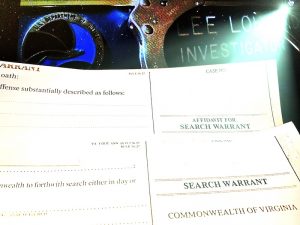
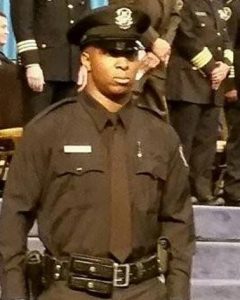 Officer Glenn Doss, Jr., 25
Officer Glenn Doss, Jr., 25